
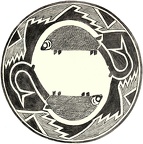 Fishes
Fishes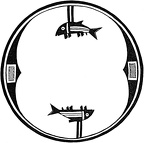 Fish
Fish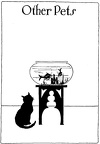 Other Pets
Other Pets Opostomias micripnus
Opostomias micripnus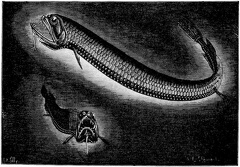 Stomias Boa. From a depth of 1,900 metres
Stomias Boa. From a depth of 1,900 metres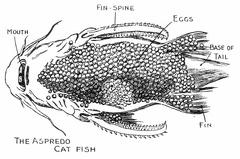 The Aspredo Cat fish
The Aspredo Cat fish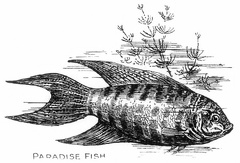 Paradise fish
Paradise fish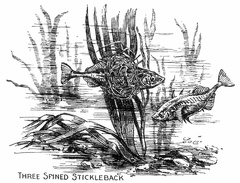 Three Spined Stickleback
Three Spined Stickleback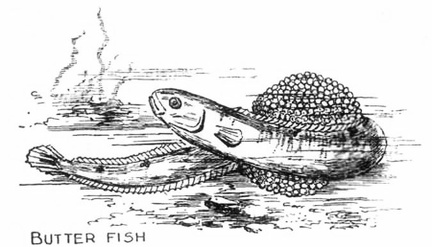 Butter fish
Butter fish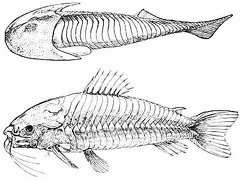 Cephalaspis and Loricaria, an Ancient and a Modern Armored Fish
Cephalaspis and Loricaria, an Ancient and a Modern Armored Fish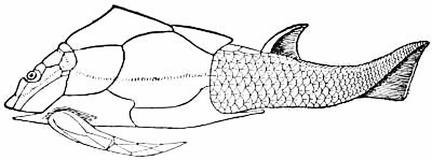 Pterichthys, the Wing Fish
Pterichthys, the Wing Fish Pike
Pike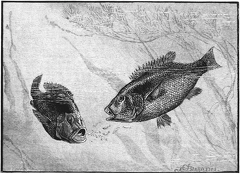 Nest Building Fish
Nest Building Fish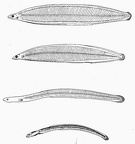 The young of the common Eel and its metamorphosis
The young of the common Eel and its metamorphosis The oldest fossil fish known—discovered in the Upper Silurian strata of Scotland, and named Birkenia by Professor Traquair
The oldest fossil fish known—discovered in the Upper Silurian strata of Scotland, and named Birkenia by Professor Traquair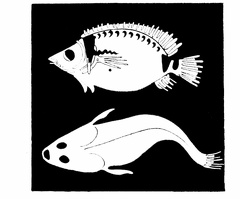 Paintings of fish on plates
Paintings of fish on plates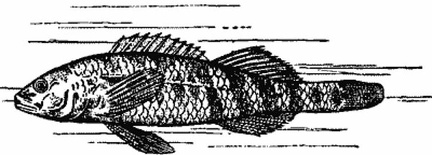 Rainbow Darter
Rainbow Darter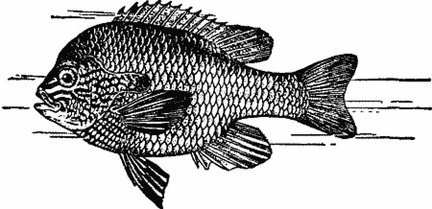 Long-eared Sunfish
Long-eared Sunfish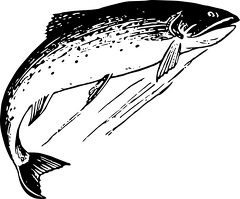 Trout
Trout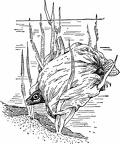 Female Stickleback Laying Eggs in Nest
Female Stickleback Laying Eggs in Nest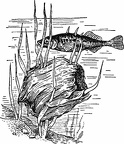 Male Stickleback Watching Eggs in Nest
Male Stickleback Watching Eggs in Nest Female Stickleback about to Enter Nest
Female Stickleback about to Enter Nest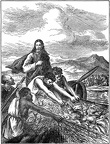 The wonderful draught of fishes
The wonderful draught of fishes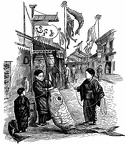 Boys’ Festival, Japan
Boys’ Festival, Japan A self-sustaining or balanced aquarium
A self-sustaining or balanced aquarium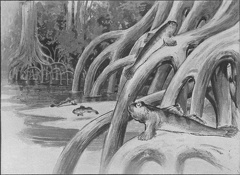 The walking-fish or mud-skipper (Periophthalmus)
The walking-fish or mud-skipper (Periophthalmus) Early Life-History of the Salmon
Early Life-History of the Salmon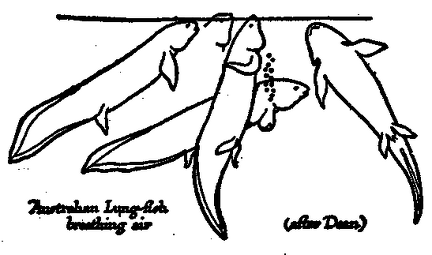 Australian Lung Fish
Australian Lung Fish



